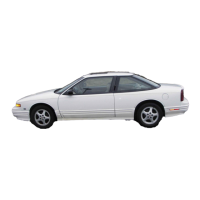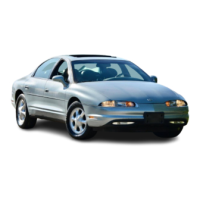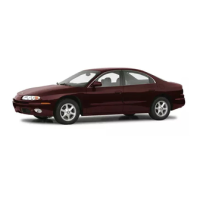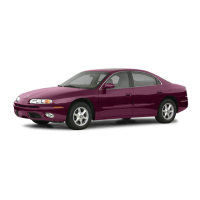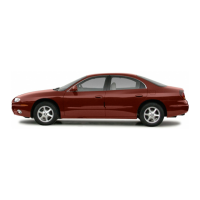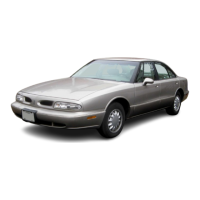Death and injury associated with drinking and driving is
a national tragedy. It’s the number one contributor to the
highway death toll, claiming thousands of victims every
year.
Alcohol affects four things that anyone needs to drive
a
vehicle:
Judgment
Muscular Coordination
0
Vision
Attentiveness.
Police records show that almost half of all motor
vehicle-related deaths involve alcohol. In most cases,
these deaths are the result of someone who was drinking
and driving. In recent years, some 18,000 annual motor
vehicle-related deaths have been associated with the use
of alcohol, with more than
300,000
people injured.
Many adults
--
by some estimates, nearly half the
adult population
--
choose never to drink alcohol,
so
they never drive after drinking. For persons under 2 1,
it’s against the law in every
U.S.
state to drink alcohol.
There are good medical, psychological and
developmental reasons for these laws.
The obvious way to solve this highway safety problem
is for people never to drink alcohol and then drive. But
what if people do? How much is “too much” if the
driver plans to drive? It’s a lot less than many might
think. Although it depends on each person and situation,
here is some general information on the problem.
The Blood Alcohol Concentration (BAC) of someone
who is drinking depends upon four things:
0
The amount of alcohol consumed
0
The drinker’s body weight
The amount of food that is consumed before and
during drinking
0
The length
of
time
it
has taken the drinker to
consume the alcohol.
According to the American Medical Association, a
180-lb. (82 kg) person who drinks three 12-ounce
(355
ml) bottles of beer in an hour will end up with a
BAC of about
0.06
percent. The person would reach the
same
BAC
by drinking three 4-ounce (120 ml) glasses
of wine or three mixed drinks if each had 1
-
1/2 ounces
(45 ml) of a liquor like whiskey, gin or vodka.

